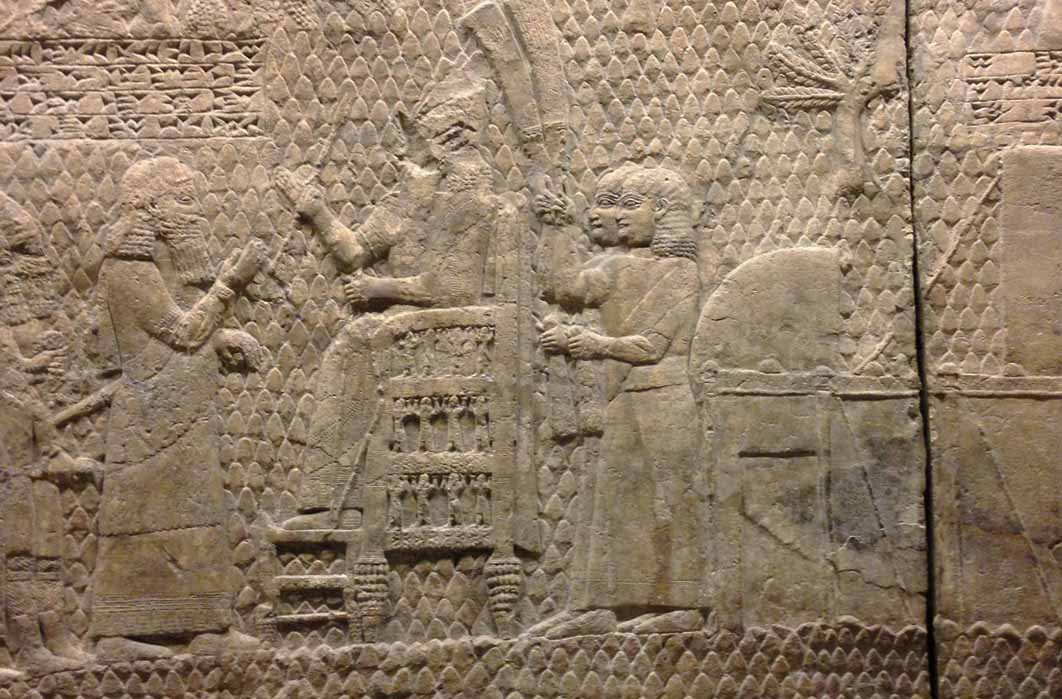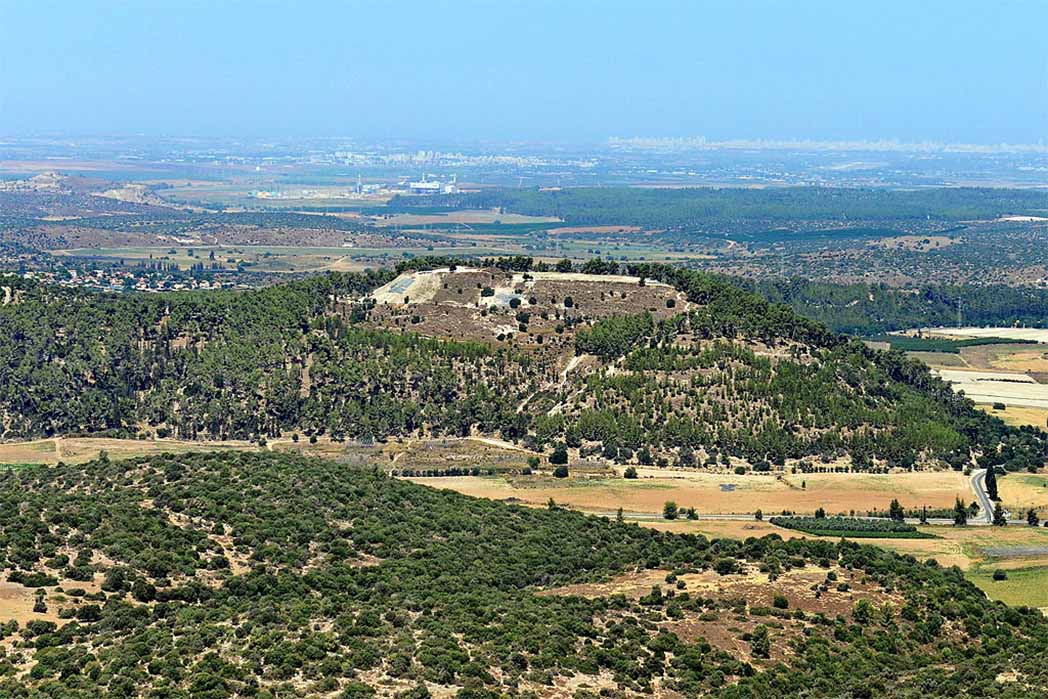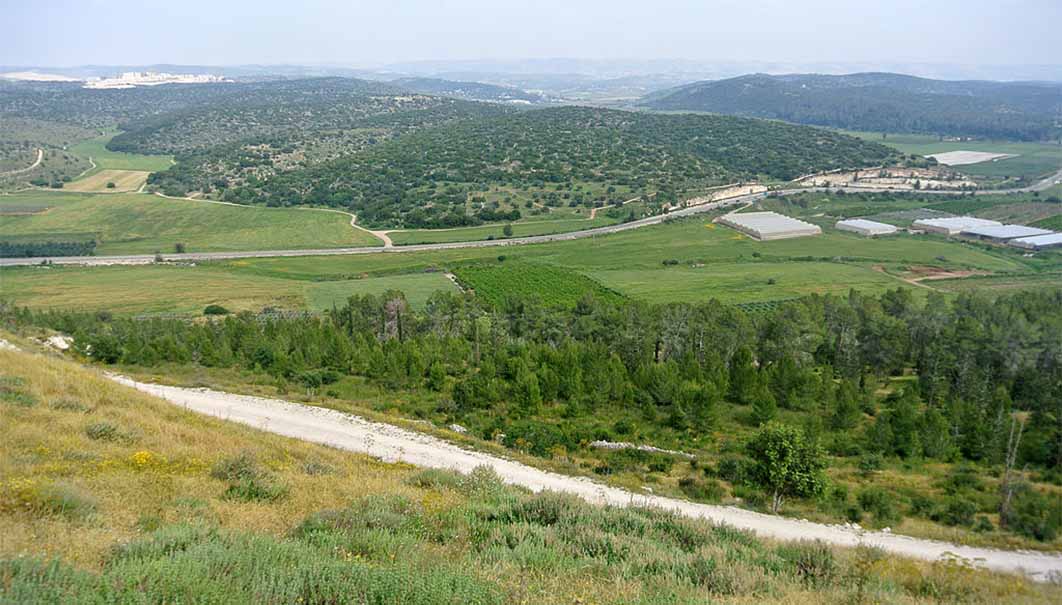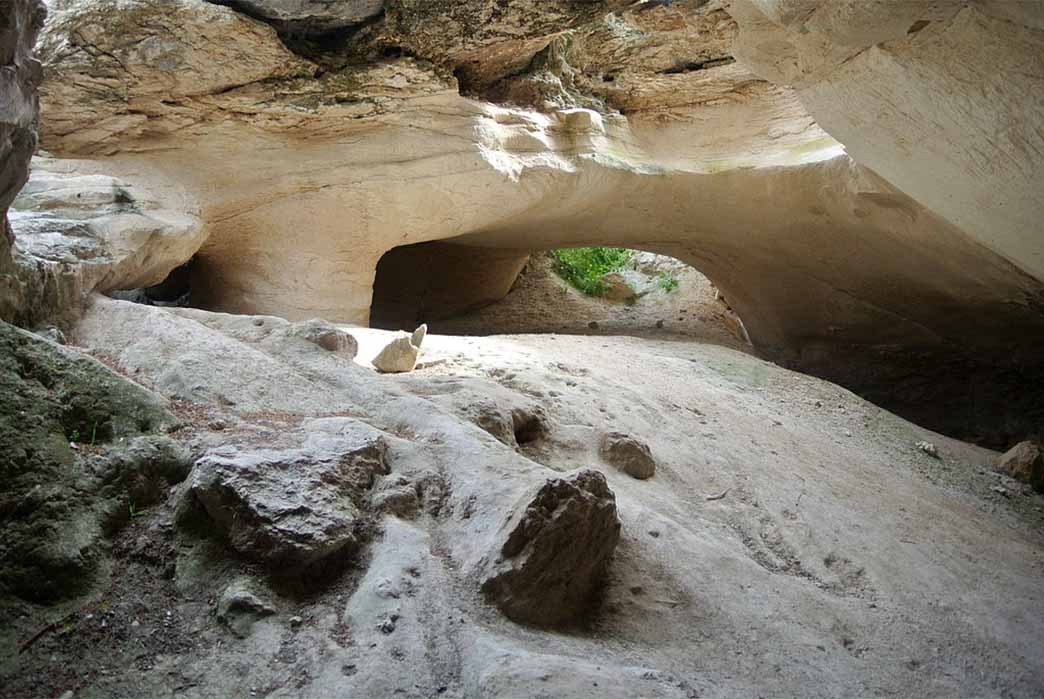
Excavating Azekah: Defensive Bastion Of The Kingdom Of Judeah
Describing the fortress of Azekah 2,700 years ago the mighty Assyrian King Sennacherib wrote that “its walls were strong and rivalled the highest mountains…by means of beaten earth ramos, battering rams…I captured, I carried off its spoil, I destroyed, I devastated,” invoking a scene of great energy and destruction. Along with Lachish and Jerusalem, Azekah fell to the Assyrians during their campaign against the kingdom of Judeah, but this is just one episode in Azekah’s long and chequered history characterized by defense and conquest.

View of Tel Azekah (AVRAMGR /CC BY-SA 4.0)
Archaeological Significance
Today the site of Tel Azekah, lies in the heart of the Shephelah in south-central Israel. It is situated 45 kilometers (28 miles) from Tel Aviv, 30 kilometers (18 miles) from Jerusalem and it guards the Valley of Elah. As such it lies in an important and strategic position along the ancient trade routes of the region. The site's history stretches back 3,500 years into the Early Bronze Age when it was first settled and continued until it was largely abandoned following the Byzantine period.

Valley of Elah viewed from the top of Tel Azekah, indicating the strategic location of the city (Wilson44691/CC0)
Currently Azekah is also of key interest to biblical historians given that it features in Biblical texts. It is where David and Goliath meet in 1 Samuel 17:1, and the Book of Jeremiah gives details of both King Sennacherib’s attack and the Babylonian siege under King Nebuchadnezzar: “When the king of Babylon’s army fought against Jerusalem and against all the cities of Judeah that were left against Lachish and against Azekah: for these defenced cities remained of all the cities of Judeah” - as well as details of the site's settlement in the later Roman, Hellenistic and Byzantine periods.
Such a long and important history makes Azekah a site of huge archaeological significance. The site was first rediscovered in the 19th century when two British archaeologists F.J Bliss and R.A.S Macalister excavated there in 1897-1900 on behalf of the Palestinian Exploration fund following an initial survey. It was one of the first sites in the Near East to be excavated. The excavation only lasted for a total of 17 weeks spread over three years, but nevertheless this was long enough for them to uncover some truly remarkable archaeology. Their excavation focused on the south-west area of the summit where the foundations of towers were found; The “eagles nest…with towers that project into the sky like swords” mentioned in the Assyrian texts. The remains of a fortress, a water system, seals and other materials were also found, alongside caves whose use the researchers attributed to the later Bar Kokhba revolt against Rome.

Cave under Tel Azekah (Wilson44691/CC0)




